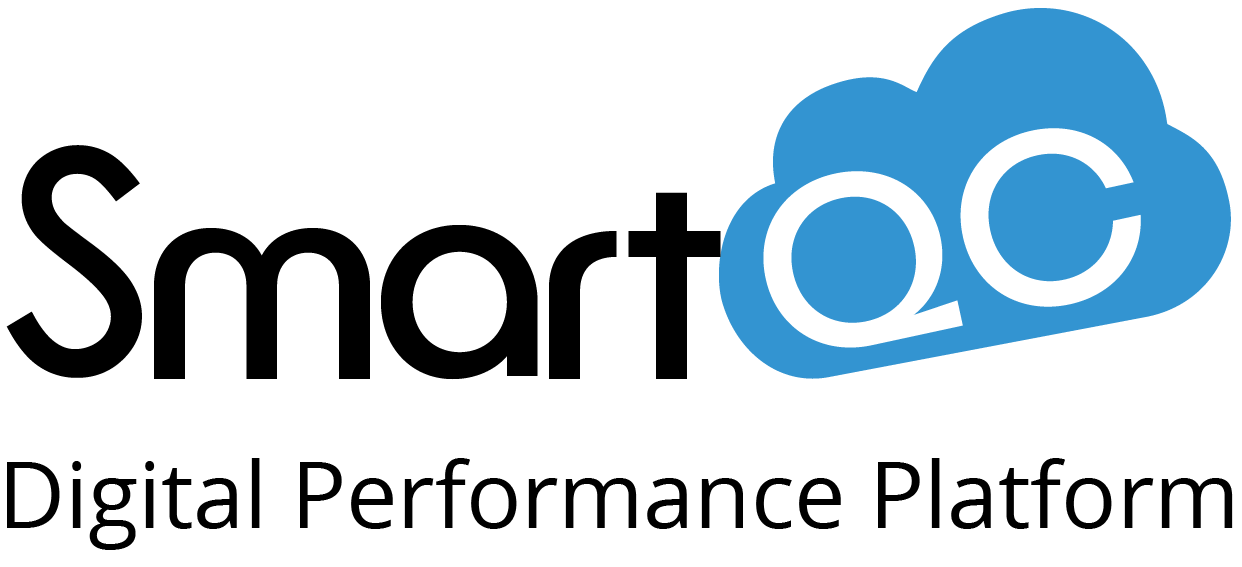SMART-QC HIGHLIGHTS
Smart-QC is deployed in over 100 sites and more than 9,000 users worldwide; our users located in the US & Puerto Rico, Canada, South America, Asia Pacific, Europe, India and Australia. The below picture outlines some of the locations where Smart-QC is being used.

Smart-QC KEY DRIVER in Achieving Operational Excellence in QC Laboratories
Smart-QC: Key highlights related to operational excellence and overall resource planning and scheduling in the QC Lab
Resource Planning
- The application of resource planning provides the foundation for operation excellence:
- It can branch into labs consolidation, enhanced redundancies and support significant decisions throughout the network
- What-if-Analysis to assess impact of volume & mix changes, validation activities, method transfer, and more on lab resources
- Defining the true capacity throughout the network and the ability to optimize resources across the network due to volume fluctuations, new products launch, spikes in demand and more.
- Establish a stability center of excellence What will be the reduction in efficiency as a result of reduced campaigning and what will be the cost savings in terms of lower cost QC Lab performing the stability? Obviously there are other parameters such as the cost of setting up a new lab, method transfers, etc.
- Make or Buy decisions as it can be at the site level but also at the corporate level
- Detailed Benchmark platform – identify best performers
- Alleviate Compliance Risk lack of adequate resources due to poor planning can lead to increase in employee stress, increase in overtime, and eventually lead to human errors and compliance risk
- Identify tests and methods that contribute most of the HOT/FTE and work on improving these.
- Identify desired campaign size by method/product and work with the supply chain and manufacturing on alignment/synergy to improve the lab efficiency.
- Estimate workload for a given period and re-prioritize projects/initiatives in the lab to meet the desired service level for the expected demand.
- Limit vacations during a specific period where demand exceeds capacity.
- Identify ROI for projects leveraging the standards that were collected as part of the resource modeling.
- There are multiple automation projects that are available nowadays, however these need to have a solid ROI to make a decision about these capital projects, and this should be based on HOT standards.
- Define training road map based on Hands on Time (HOT) requirements for each method vs. demands.
- Changing organizational structure
- Key Performance Indicators: Without having a solid standardized platform, we end up comparing labs without the right mechanism to isolate the true differences.
Resource Scheduling
- Automate scheduling to improve the overall management of tests and samples in the lab and eliminate manual and time consuming scheduling effort.
- Enhance communication & visibility for all functions, hence reduce the email/phones/inquiry about sample status
- Improve campaigning & efficiency throughout the labs
- Provide clear prioritized schedule (R/Y/G) and expectations (Standard) for the users
- Improve overall QC Lab transparency
- Improve turn-around time and service level by more robust and automated scheduling algorithm
- Continuous improvement platform to help identify and communicate efficiency losses & improvement opportunities.
- Automate key performance indicators & dashboard
- Measure efficiency & accomplishments during the week
- Analyst score-card highlights previous week efficiency, accomplishments, and non-test activities.
- Overall efficiency by analyst / work center enables each lab manager to monitor progress and identify areas of improvements
- Enhance overall analyst accountability and ownership by showing their activities completion against standards.
- Consolidate ALL manual / MS Excel / MS Access based systems with ONE business tool that addresses ALL QC operational needs
